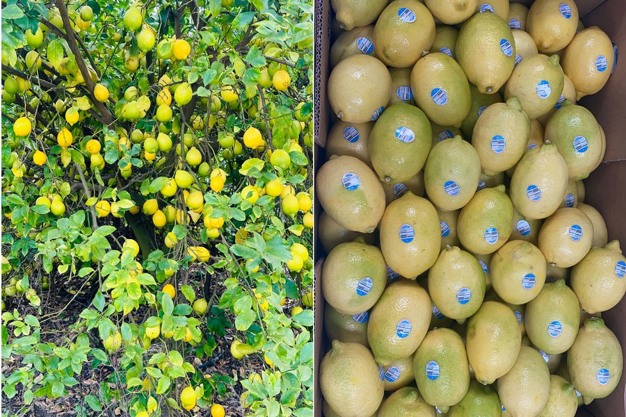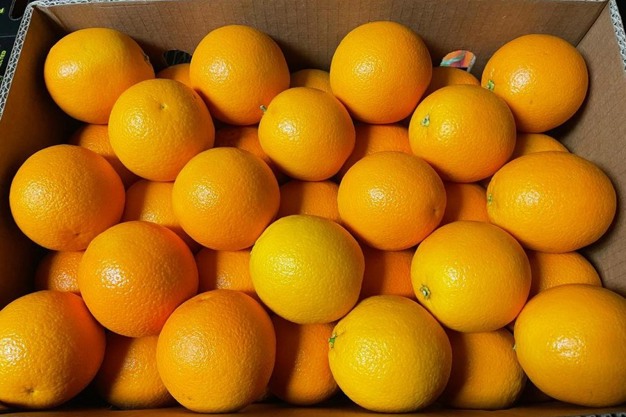The fresh fruit import and export market is a dynamic and highly competitive sector influenced by various factors, including climatic conditions, international trade policies, consumer preferences, and technological advances in storage and transportation.
As part of Salix Fruit's ongoing pursuit of growth, the company's executives traveled to Peru, a region with great potential given it can supply various types of fruit, such as grapes, pomegranates, citrus fruits, and avocados.
 Executives from Salix recently traveled to Peru, a region that can supply various types of fruit, including citrus.
Executives from Salix recently traveled to Peru, a region that can supply various types of fruit, including citrus.
"This country not only offers good logistical services without major complications but also can efficiently serve markets in Latin America, Europe, and Russia," said Alejandro Moralejo, CEO.
Regarding the main logistical and market challenges faced in fruit exports this year, the availability and quality of citrus fruits have been severely affected by frosts and climatic events in the Southern Hemisphere. Additionally, tensions in the Red Sea have significantly impacted maritime traffic, causing either an oversupply or a shortage in various markets due to extremely long transits.
 This year, the availability and quality of citrus fruits have been severely affected by frosts and climatic events in the Southern Hemisphere.
This year, the availability and quality of citrus fruits have been severely affected by frosts and climatic events in the Southern Hemisphere.
As a result, despite smaller calibers and higher prices due to high demand in the United States and Latin America, Peruvian mandarins are finding opportunities in Europe and Russia, thanks to climate issues in Argentina and South Africa.
"Mandarin consumption in Europe experiences growth from the first week of September, coinciding with the start of the school period and the arrival of cooler weather. To take advantage of this demand, beginning shipments from August is crucial," said Moralejo.
 For more information:
For more information:
Salix Fruits
[email protected]
www.salixfruits.com










